How to Grow Alum Crystals at Home (Two Stunning Methods for Resin Artists)
💎
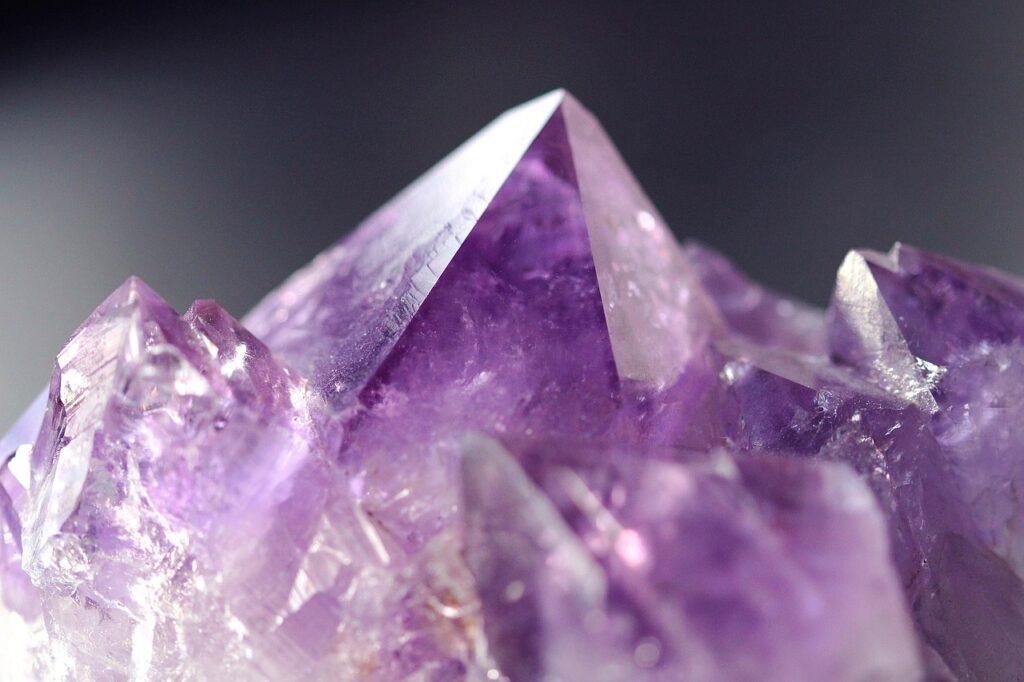
If you love adding natural sparkle to your resin art, growing alum crystals is a fun and magical DIY project. ✨
With a few simple ingredients, you can create dazzling gem-like crystals that shimmer like quartz — perfect for inspiration, photography, or even future resin inserts.
In this tutorial, you’ll learn two ways to grow alum crystals:
- 🌱 Seed Crystal Method – for large, gem-like formations
- 💠 Flat Druzy Platter Method – for glittering sheets of tiny crystals
Let’s get growing!
🧪 What You’ll Need
- Alum powder (potassium aluminum sulfate)
- Distilled water (tap can cloud crystals)
- Boiling pot or kettle
- Heat-safe glass jar or measuring cup
- Spoon for stirring
- String and pencil or skewer (for hanging seed crystal)
- Tweezers
- Paper towels
- Optional: food coloring or mica powder
- Optional (for druzy sheet): ceramic tile, glass plate, or shallow dish
🛒 Shop My Studio Favorites:
Buy Alum Powder
Distilled Water Pack
Heat-Safe Measuring Cup (These are great because they are silicone, and you can use them for your resin mixing as well, over and over again!)
(As an Amazon Associate, I earn from qualifying purchases—thank you for supporting Craftelot Resin Co.! 💕)
🌱 Method 1: Grow a Large Alum Crystal from a Seed
This method produces one large, gem-like crystal—perfect for resin photography props or to use later as a mold master.
Step 1: Make a Saturated Solution
- Boil 1 cup distilled water.
- Stir in alum powder, one tablespoon at a time.
- Keep adding and stirring until some powder remains undissolved—this means it’s saturated.
- Let the solution cool for 5–10 minutes (it should still be warm).
Step 2: Create Seed Crystals
- Pour the warm solution into a clean glass jar.
- Cover loosely with a paper towel.
- Leave undisturbed for 12–24 hours.
- You’ll see small crystals form at the bottom—these are your seeds!
Step 3: Select the Best Seed
- Gently remove the best-shaped crystal with tweezers.
- Rinse quickly with distilled water and pat dry.
- Tie it to a string and suspend it from a pencil or skewer.
Step 4: Grow the Large Crystal
- Prepare a fresh batch of saturated alum solution.
- Pour into a clean jar.
- Suspend your seed crystal so it hangs freely (not touching sides or bottom).
- Cover loosely and leave undisturbed for 3–7 days.
💡 Tip: Crystals grow best in a cool, stable spot with no vibrations.
After a week, you’ll have a beautiful gem-like alum crystal! You can keep it as décor or use it later for silicone mold making.
💠 Method 2: Grow a Flat Druzy Crystal Platter
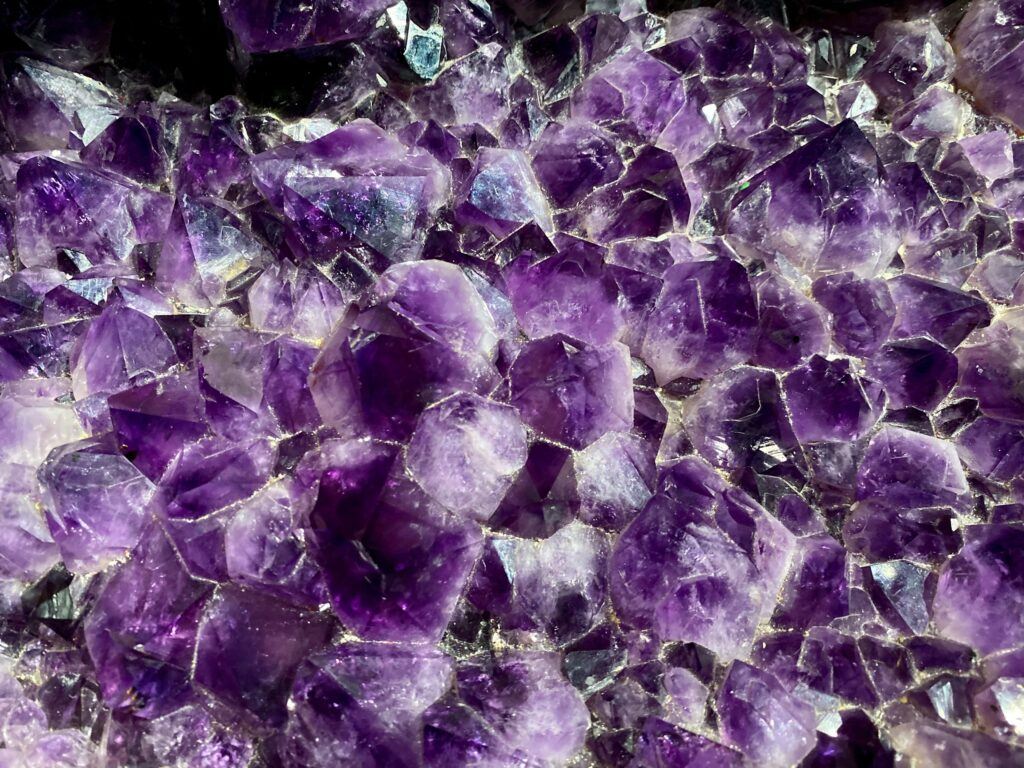
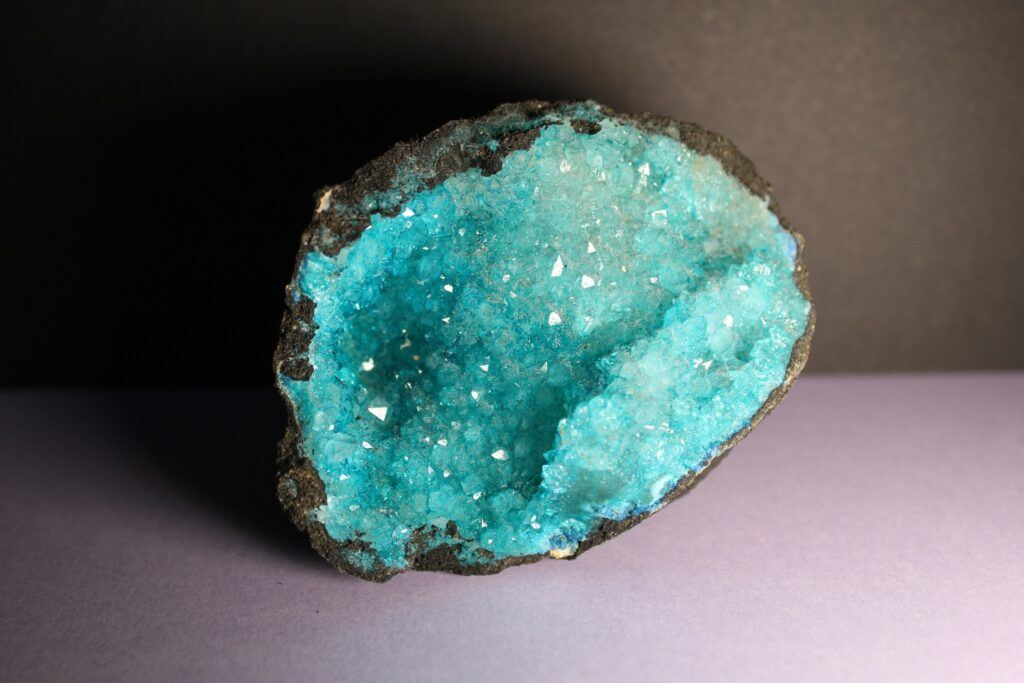
This version creates a flat surface covered with tiny crystals—a sparkling “druzy” effect that looks amazing under light.
Step 1: Prepare the Surface
- Choose a flat, heat-safe base—ceramic tile or glass plate.
- Brush a thin coat of white glue or Mod Podge on the surface.
- Sprinkle alum powder while the glue is wet.
- Shake off excess and let dry fully (about 30 minutes). This seeds the surface so crystals can attach.
Step 2: Make the Solution
- Boil 1 cup distilled water.
- Stir in alum powder until no more dissolves.
- Let it cool slightly (warm, not hot).
Step 3: Grow the Druzy Sheet
- Pour the warm solution over your seeded surface—just enough to cover it (about ¼ inch).
- Cover loosely with a paper towel.
- Let sit undisturbed for 12–24 hours.
You’ll see a shimmering layer of tiny alum crystals forming—just like natural druzy quartz!
For a thicker texture, you can:
- Pour off excess liquid.
- Add fresh solution.
- Repeat another 24-hour cycle.
Once finished, drain and let the platter dry completely.
🎨 Optional: Add Color
You can color your crystals by:
- Adding food coloring to the solution
- Dusting dried crystals with mica powders or metallic paint
Try:
- White for quartz
- Purple and gold shimmer for amethyst
- Aqua and silver for ocean vibes
⚠️ Safety Notes
- Alum is non-toxic but not edible.
- Always use distilled water for clarity.
- Handle gently—dried crystals can be brittle.
- Store finished crystals in a dry, closed container.
🌟 Final Thoughts
Growing alum crystals is a perfect blend of science and art—and the results are breathtaking.
Use them to inspire your resin color palettes, photograph for your blog, or save for future mold-making projects.
Once you’ve mastered these two methods—seed-grown crystals and flat druzy sheets—you’ll be ready to turn them into custom silicone inserts in your next project!
✨ Tag your creations with #CraftelotResinCo so I can see your sparkle!
🛒 Supplies Recap:
Buy Alum Powder
Distilled Water Pack
Heat-Safe Measuring Cup
Happy crystal growing! 💖
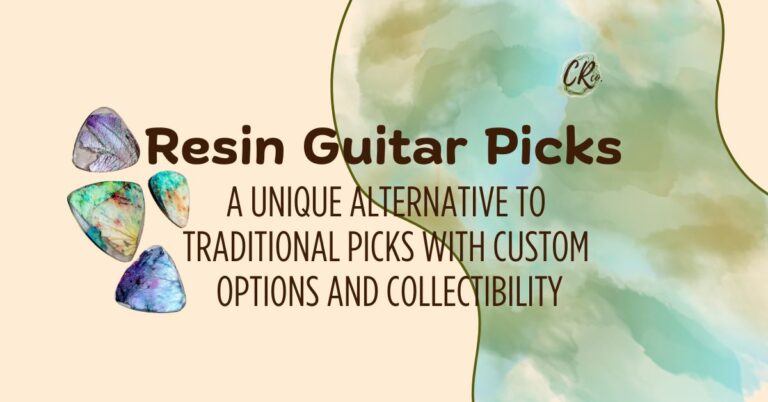
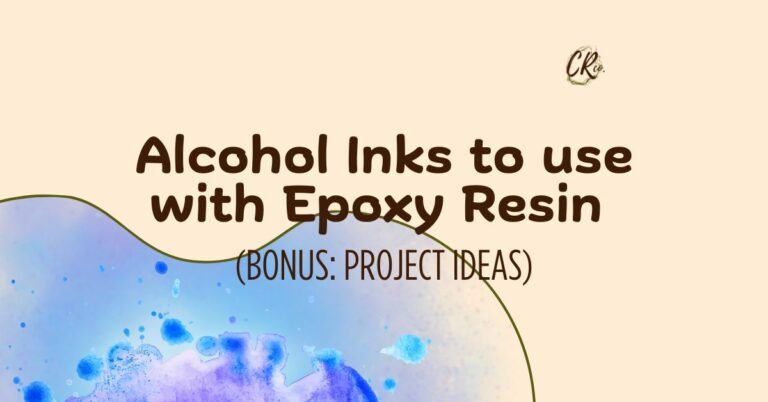
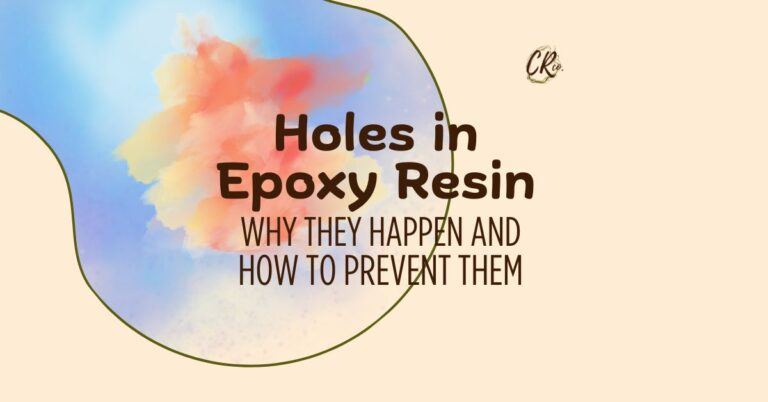
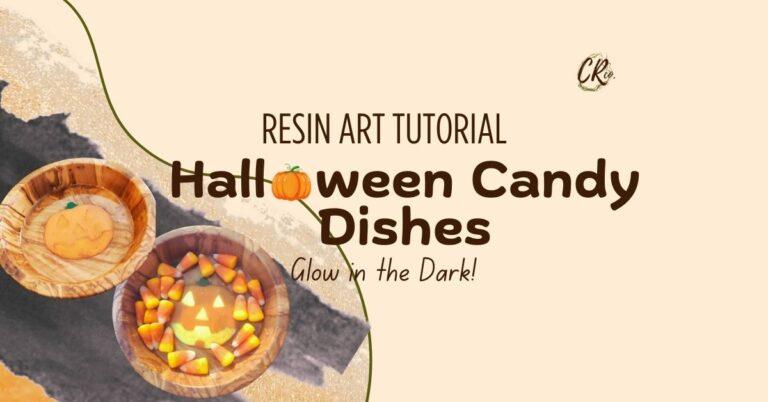


This is such a fun project idea! I’ve always wanted to try crystal growing but didn’t realize how simple alum makes it. The druzy platter method especially caught my eye, it looks like such a cool way to add natural sparkle to resin art without spending a fortune on real stones. Have you found that the crystals hold up well once sealed in resin, or do they lose some of their shine over time?
Sealing them in resin makes them totally durable and resin stays shiny for ever! I use them on my resin geode wall art and usually “glue” them on with resin. It works great!